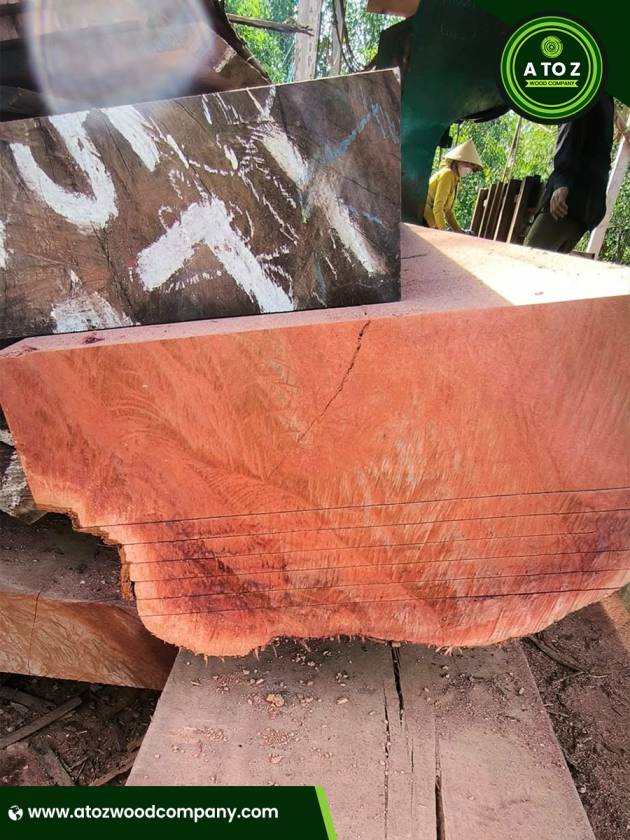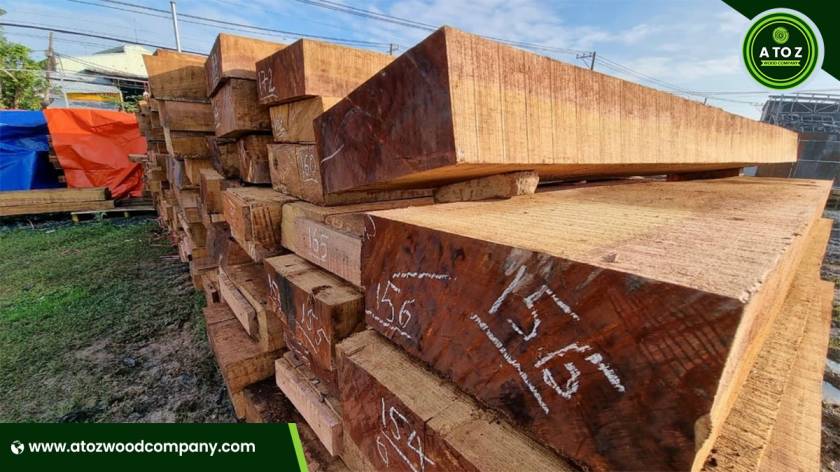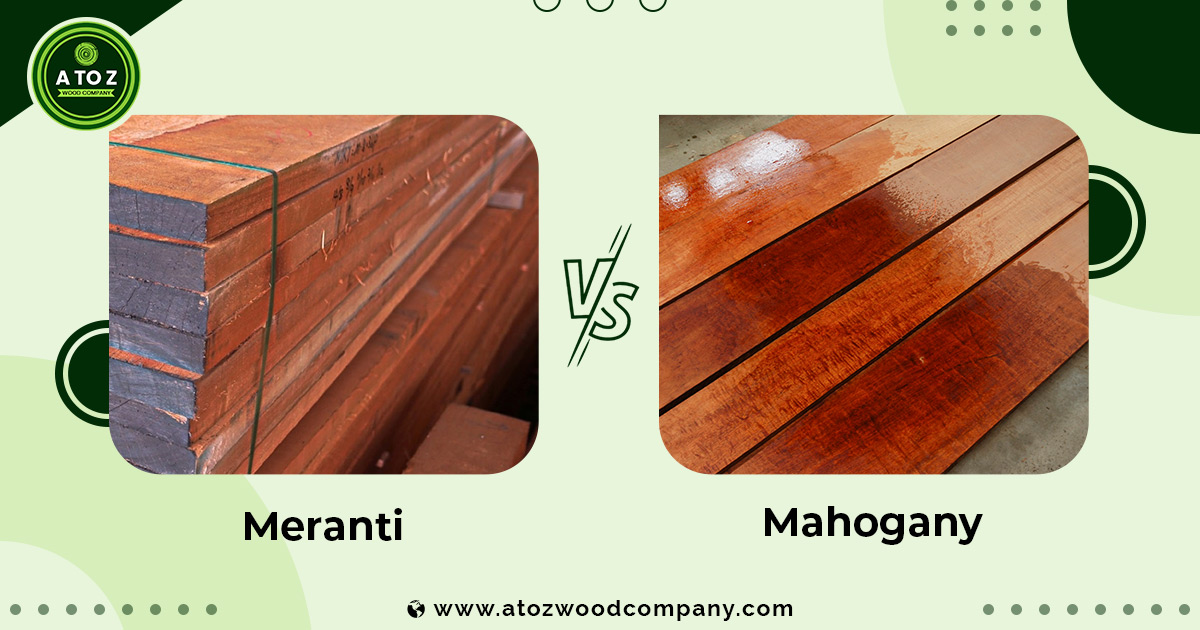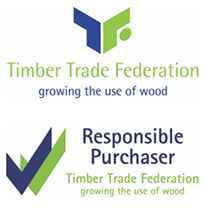Both Meranti and Mahogany woods come from tropical regions, offer rich aesthetics, and have been trusted by woodworkers for decades. However, understanding their differences in durability, appearance, price, and applications is essential before making a purchase decision.
In this comprehensive comparison, we break down everything you need to know about Meranti vs Mahogany wood, helping you decide which timber best fits your needs.
What is Meranti Wood?

Meranti is a group of hardwood species primarily sourced from Southeast Asia, especially countries like Malaysia, Indonesia, and the Philippines. It belongs to the Shorea genus and is generally classified into types like Light Red Meranti, Dark Red Meranti, Yellow Meranti, and White Meranti, depending on density and color.
Key Characteristics of Meranti Wood:
-
Color: Ranges from pale pink to deep reddish-brown.
-
Texture: Medium to coarse with interlocked grain.
-
Density: Moderate – around 400 to 800 kg/m³.
-
Workability: Easy to saw, plane, and glue; accepts stains and finishes well.
-
Durability: Moderate; suitable for indoor applications.
-
Common Uses: Plywood, furniture, doors, moldings, veneers, and paneling.
What is Mahogany Wood?

Mahogany is a prized tropical hardwood mostly harvested from Central and South America, West Africa, and parts of Southeast Asia. The most well-known types are Honduran Mahogany (Genuine Mahogany), African Mahogany, and Philippine Mahogany (often actually a Meranti variety).
Key Characteristics of Mahogany Wood:
-
Color: Rich reddish-brown, darkens beautifully over time.
-
Texture: Fine to medium; straight or interlocked grain.
-
Density: 500 to 850 kg/m³ depending on the species.
-
Workability: Highly workable, excellent for carving and turning.
-
Durability: High resistance to rot and pests (especially Genuine Mahogany).
-
Common Uses: High-end furniture, cabinetry, musical instruments, boats, luxury interiors.
Meranti vs Mahogany – Side-by-Side Comparison
| Feature | Meranti | Mahogany |
|---|---|---|
| Origin | Southeast Asia | Central/South America, Africa, SE Asia |
| Appearance | Light to dark reddish hues | Deep reddish-brown with elegant grain |
| Durability | Moderate (not suitable for outdoor use) | High (especially Genuine Mahogany) |
| Workability | Good; may have tear-out with interlocked grain | Excellent; easy to shape and machine |
| Cost | Affordable | Premium (especially Genuine Mahogany) |
| Weight | Medium | Medium to heavy depending on species |
| Rot Resistance | Moderate to low | High (Genuine); Moderate (African) |
| Uses | Budget-friendly furniture, paneling | Luxury-grade furniture, musical instruments |
Which is Better – Meranti or Mahogany?
Choose Meranti if:
-
You’re on a budget but still want a beautiful hardwood.
-
Your application is primarily indoor (like paneling or cabinets).
-
You need large volumes for plywood or construction with moderate expectations for durability.
Choose Mahogany if:
-
You want superior durability and luxury aesthetics.
-
You’re crafting fine furniture, musical instruments, or boats.
-
You’re willing to invest more in long-term value and visual appeal.
Where to Buy Best Quality Meranti or Mahogany Wood?
Both Meranti and Mahogany are excellent hardwoods, each with its own advantages. If cost is a concern and your project is indoors, Meranti can deliver good aesthetics and workability. But if you’re after premium quality and timeless beauty, Mahogany is unmatched in elegance and longevity.
With increasing concern for forest sustainability, it’s important to source both Meranti and Mahogany from legally harvested and FSC-certified suppliers. At AtoZ Wood Company, we supply responsibly sourced hardwoods—including Meranti and Mahogany—that comply with international environmental standards.
We offer bulk timber supply, kiln-dried options, and global shipping to the U.S., Europe, Australia, Asia, and beyond.
 +237 681 25 6934
+237 681 25 6934




